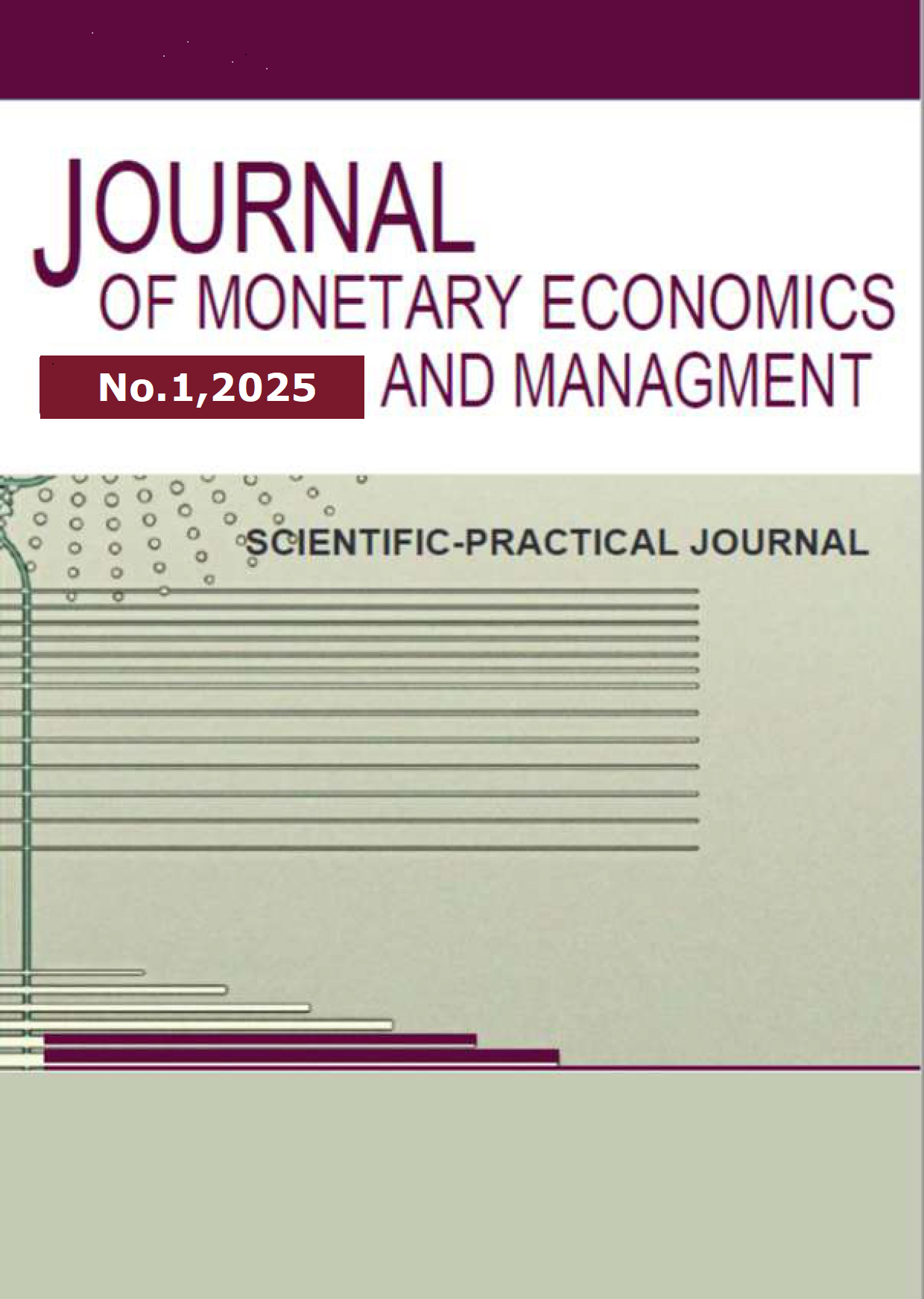сотрудник
сотрудник
В статье рассматриваются подходы к разработке новый промышленных изделий. Проводится анализ моделей разработки продукции. Рассмотрены наиболее эффективные подходы канасей-инжиниринг и система конфигурации продукта. Кансей-инжиниринг позволяет выявить требования к изделию, но описание продукта осуществляется в текстовом формате. В основе системы конфигурирования продукта лежит концепция модульного проектирования продукта, что позволяет создавать ассортимент, удовлетворяющий требования потребителей при минимальных затратах. В статье представлены несколько способов реализации системы конфигурации продуктов: на основе правил, моделей, прецедентов и онтологий. Рассмотрены инструменты совместной разработки продукции – производителя и потребителя, которые могут быть реализованы или с помощью подхода онлайн-PCS, или как продукт с встроенной гибкостью. Проведен анализ концепции пользовательского опыта, наиболее часто используемому в России для разработки программных продуктов.
проектирование изделия, инжиниринг продукта, система конфигурации продукта, модульное проектирование, UX-дизайн
1. Чумичев Д. В. Организация научно-исследовательских работ как основа научно-технической политики РФ / Д. В. Чумичев, М. А. Чаруйская // Трансформация российской науки в эпоху информационного общества : Материалы VII Международной научно-практической конференции, Москва, 17 июня 2024 года. – Москва: Издательство "Экономическое образование", 2024. – С. 156-165.
2. Berry, C., H. Wang, and Hu, S. J. Product architecting for personalization. Journal of Manufacturing Systems, 2013. 32(3): p. 404-411.
3. Djajadiningrat, J. P., Gaver, W. W., and Fres, J., Interaction relabelling and extreme characters: methods for exploring aesthetic interactions. in Proceedings of the 3rd conference on Designing interactive systems: processes, practices, methods, and techniques. 2000. ACM.
4. Ergonomics of human system interaction-Part 210: Human-centred design for interactive systems. International Standardization Organization (ISO). Switzerland, 2009
5. Fairclough, S. H., Fundamentals of physiological computing. Interacting with computers, 2009. 21(1): p. 133-145.
6. Forza, C., and Salvador, F., Product information management for mass customization. 2007: Palgrave Macmillan New York.
7. Gross, U., and Antons, D., Embedded open toolkits for user innovation: Postponing New Product Development Decisions into the Customer Domain. in Wirtschaftsinformatik (1). 2009.
8. Helo, P. T., Product configuration analysis with design structure matrix. Industrial Management & Data Systems, 2006. 106(7): p. 997-1011.
9. Horrocks, I., Patel-Schneider, P. F., Boley, H., Tabet, S., Grosof, B., and Dean, M., SWRL: A semantic web rule language combining OWL and RuleML. W3C Member submission, 2004. 21: p. 79.
10. Huffman, C. and Kahn, B.E., Variety for sale: Mass customization or mass сonfusion? Journal of retailing, 1998. 74(4): p. 491-513
11. Khalid, H. M., Embracing diversity in user needs for affective design. Applied Ergonomics, 2006. 37(4): p. 409-418.
12. Li, B.M. and Xie, S.Q., Product similarity assessment for conceptual one-of-a-kind product design: A weight distribution approach. Computers in Industry, 2013. 64(6): p. 720-731.
13. Mittal, S. and Frayman, F., Towards a generic model of configuraton tasks, in Proceedings of the 11th international joint conference on Artificial intelligence - Volume 2. 1989, Morgan Kaufmann Publishers Inc.: Detroit, Michigan. p. 1395- 1401
14. Nagamachi, M., Kansei engineering: a new ergonomic consumer-oriented technology for product development. International Journal of industrial ergonomics, 1995. 15(1): p. 3-11.
15. Nezhmetdinov, R. A. Enterprise Development Planning and AI-Based Technological Forecasting / R. A. Nezhmetdinov, M. A. Charuiskaya, I. A. Kovalev // Russian Engineering Research. – 2023. – Vol. 43, No. 10. – P. 1284-1288. – DOIhttps://doi.org/10.3103/S1068798X23100234. – EDN HDDKCJ.
16. Piller, F., Ihl, C., and Steiner, F., Embedded toolkits for user co-design: a Technology acceptance study of product adaptability in the usage stage, in 43rd Hawaii International Conference on Systems Sciences Vols 1-5. 2010. p. 164-173
17. Piller, F., Ihl, C. and F. Steiner. Embedded toolkits for user co-design: A technology acceptance study of product adaptability in the usage stage. in System Sciences (HICSS), 2010 43rd Hawaii International Conference on. 2010. IEEE.
18. Salvador, F. and C. Forza, Configuring products to address the customization responsiveness squeeze: A survey of management issues and opportunities. International Journal of Production Economics, 2004. 91(3): p. 273-291
19. Trentin, A., Perin, E., and Forza, C., Product configurator impact on product quality. International Journal of Production Economics, 2012. 135(2): p. 850-859.
20. Tseng, M.M., Jiao, R. J., and Wang, C., Design for mass personalization. Cirp Annals-Manufacturing Technology, 2010. 59(1): p. 175-178
21. Wang, Y. and Tseng, M. M., A Naïve Bayes approach to map customer requirements to product variants. Journal of Intelligent Manufacturing, 2013. 26(3): p. 501-509.
22. Wang, Y. and Tseng M. M., Attribute selection for product configurator design based on Gini index. International Journal of Production Research, 2014. 52(20): p. 6136-6145
23. Xie, H., Henderson, P., and Kernahan, M., Modelling and solving engineering product configuration problems by constraint satisfaction. International Journal of Production Research, 2005. 43(20): p. 4455-4469.
24. Yang, D., Dong, M., and Miao, R., Development of a product configuration system with an ontology-based approach. Computer-Aided Design, 2008. 40(8): p. 863-878
25. Yu, B. and Skovgaard, H.J., A configuration tool to increase product competitiveness. IEEE Intelligent Systems, 1998(4): p. 34-41.
26. Zhou, F., Ji, Y., and Jiao, R.J., Affective and cognitive design for mass personalization: status and prospect. Journal of Intelligent Manufacturing, 2013. 24(5): p. 1047-1069.









